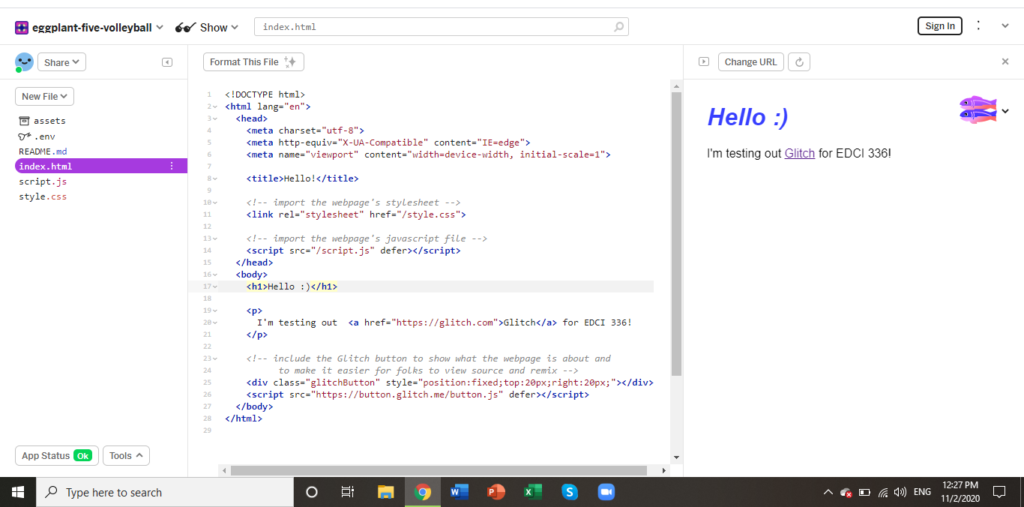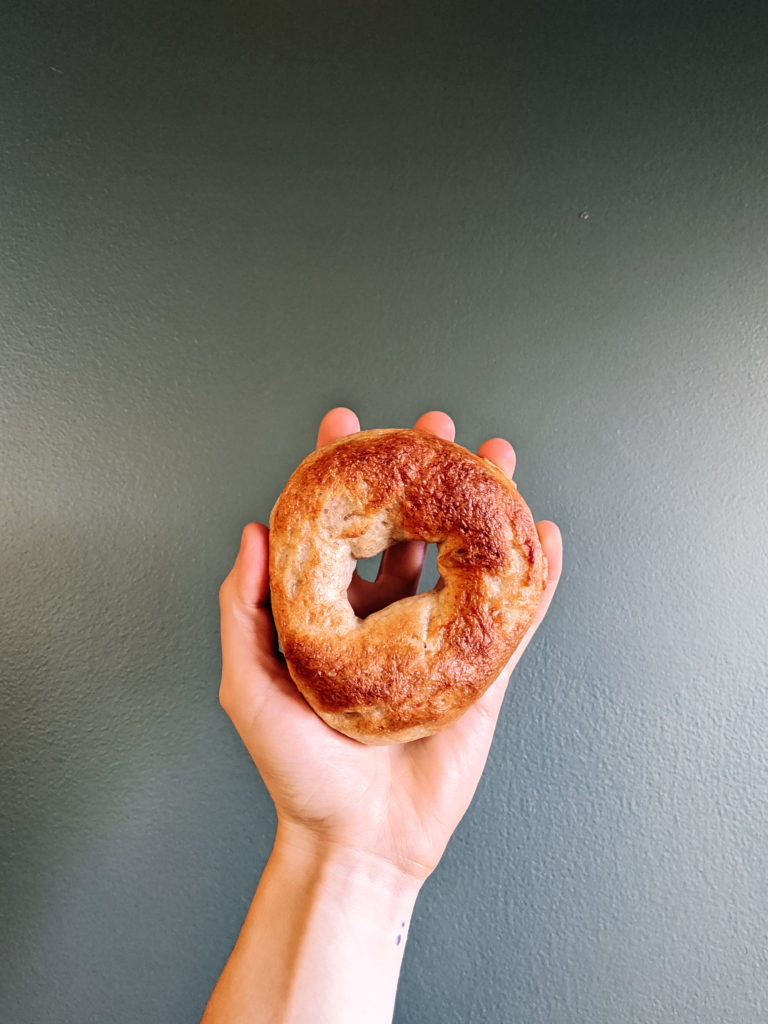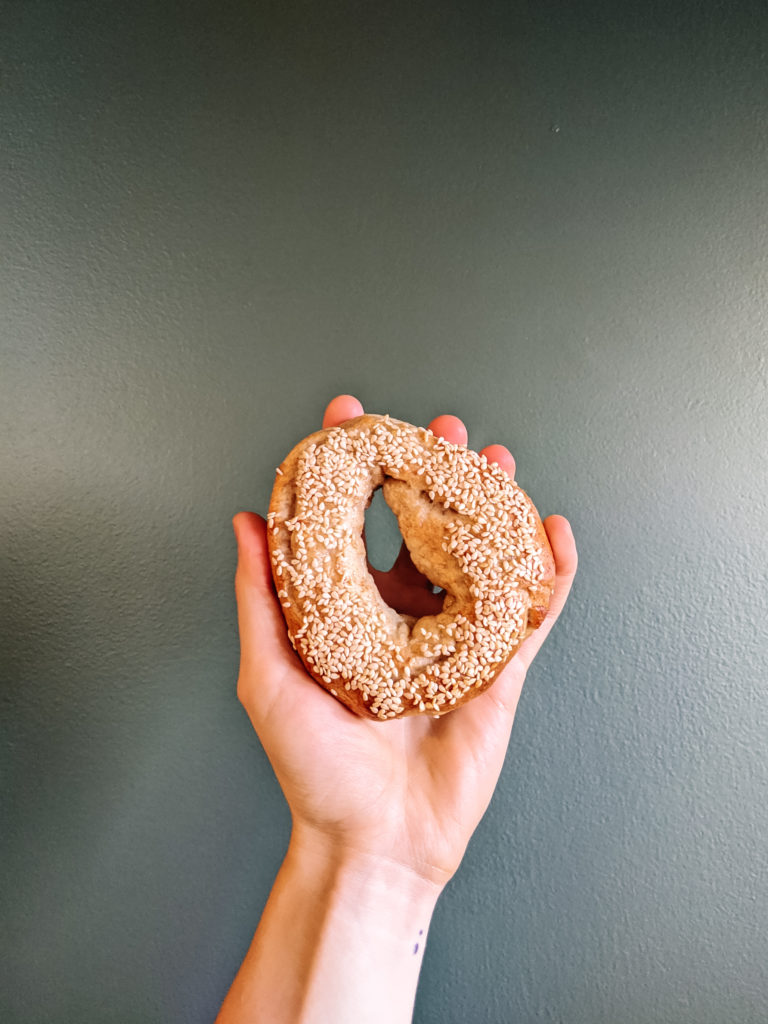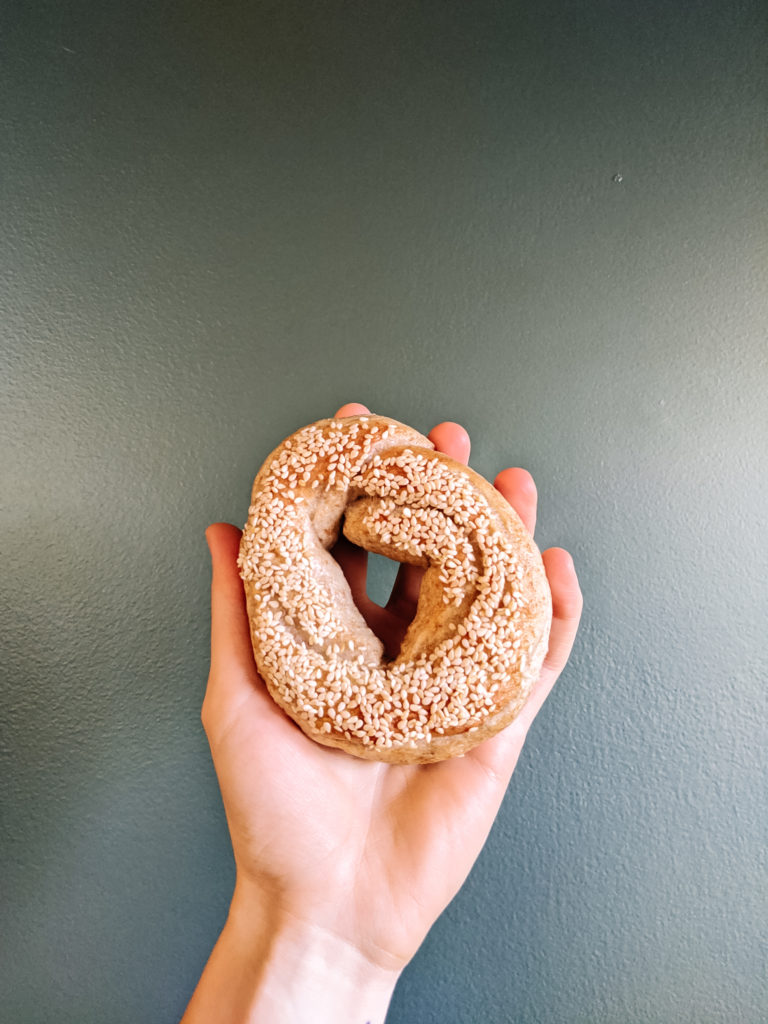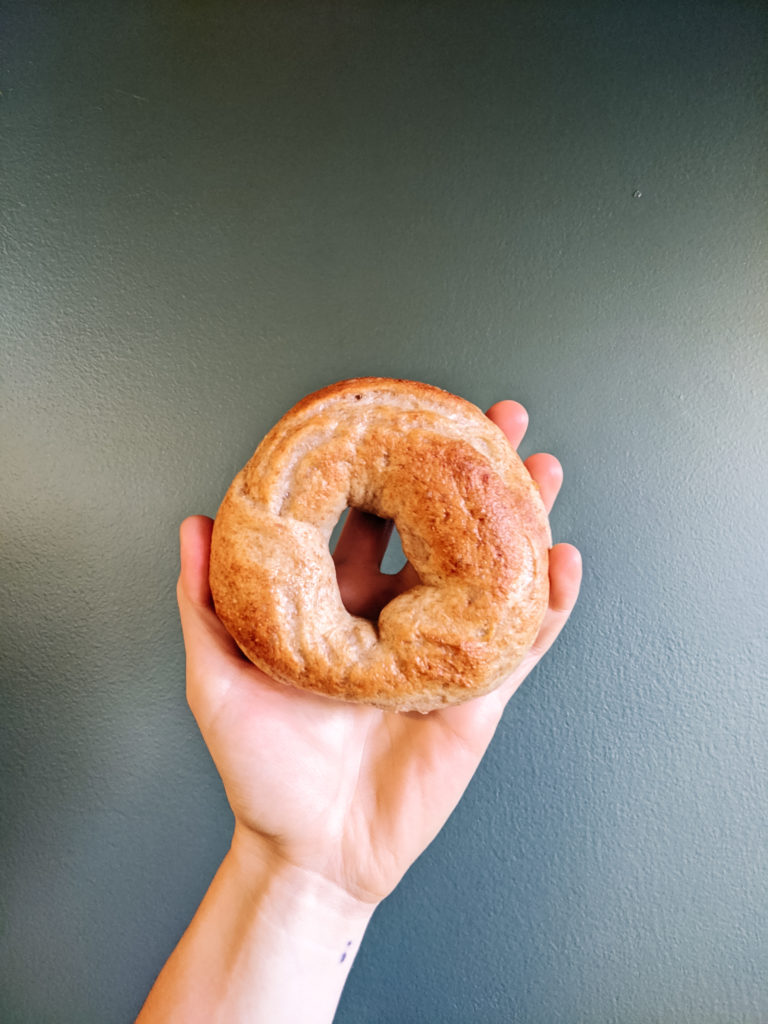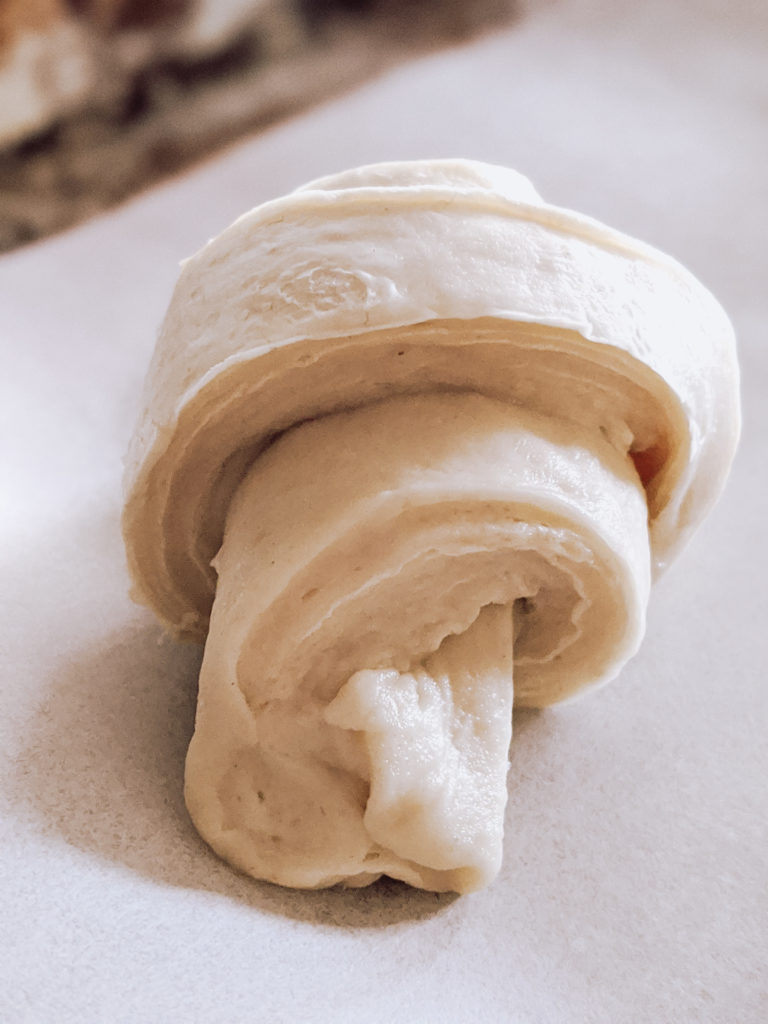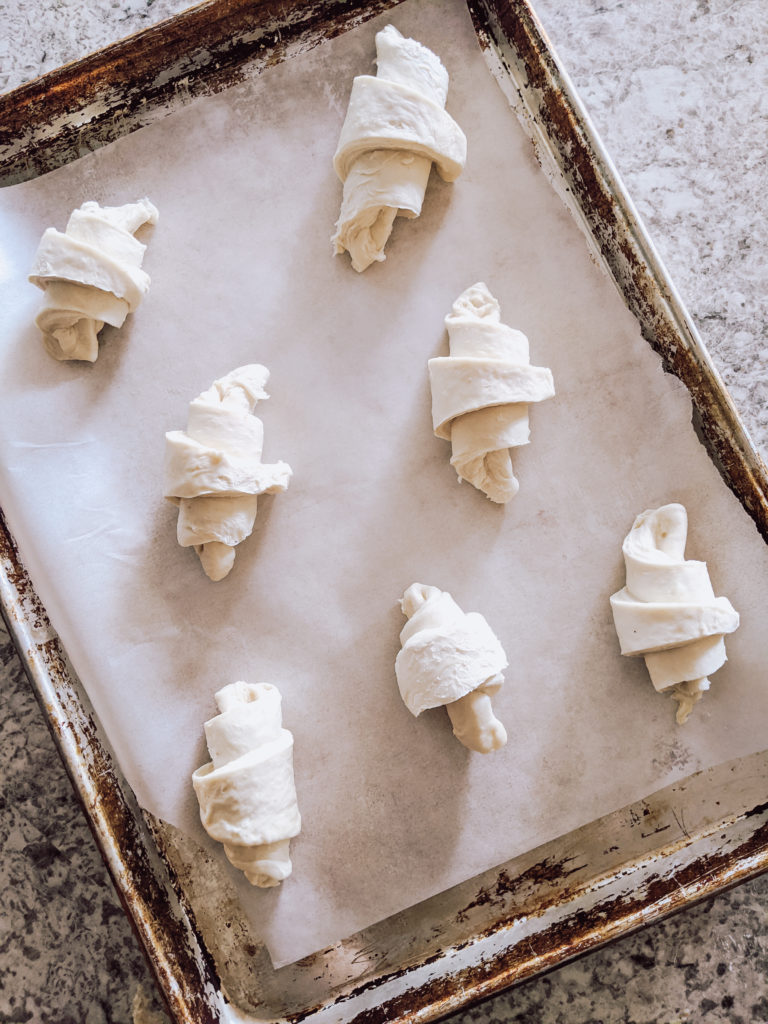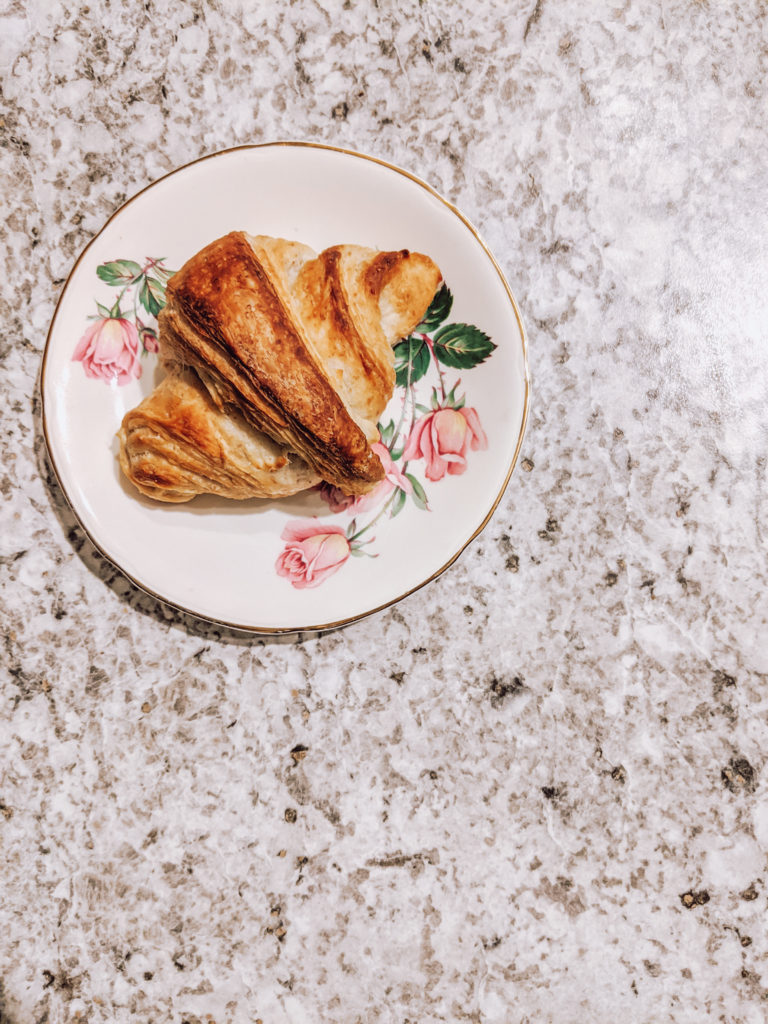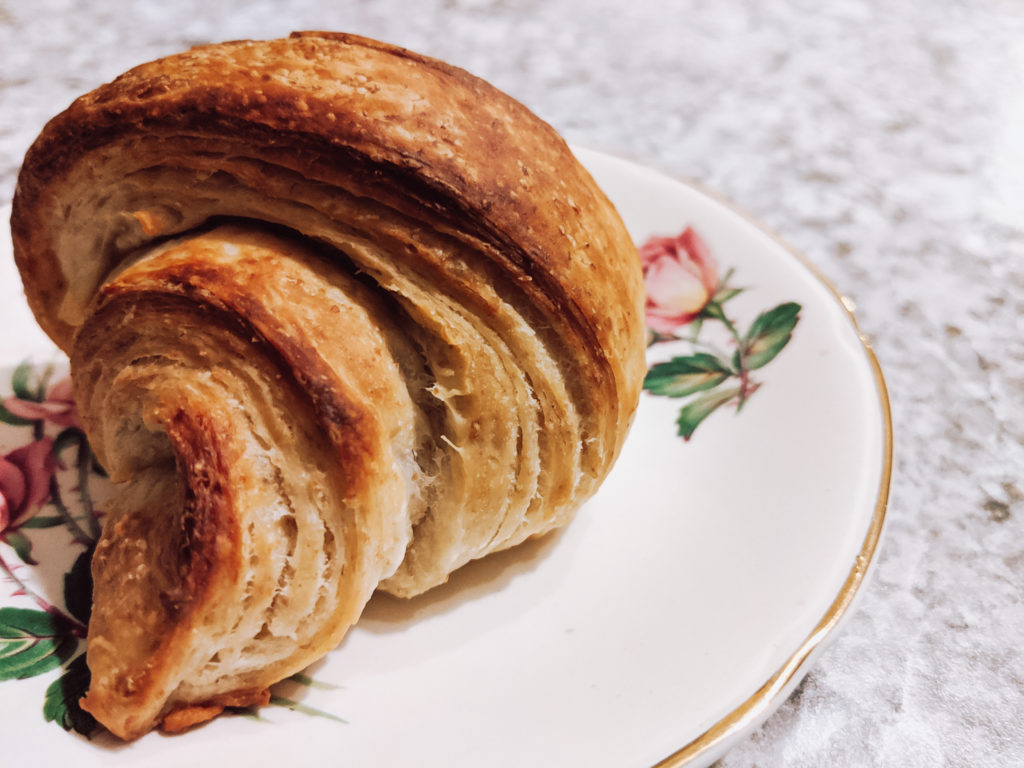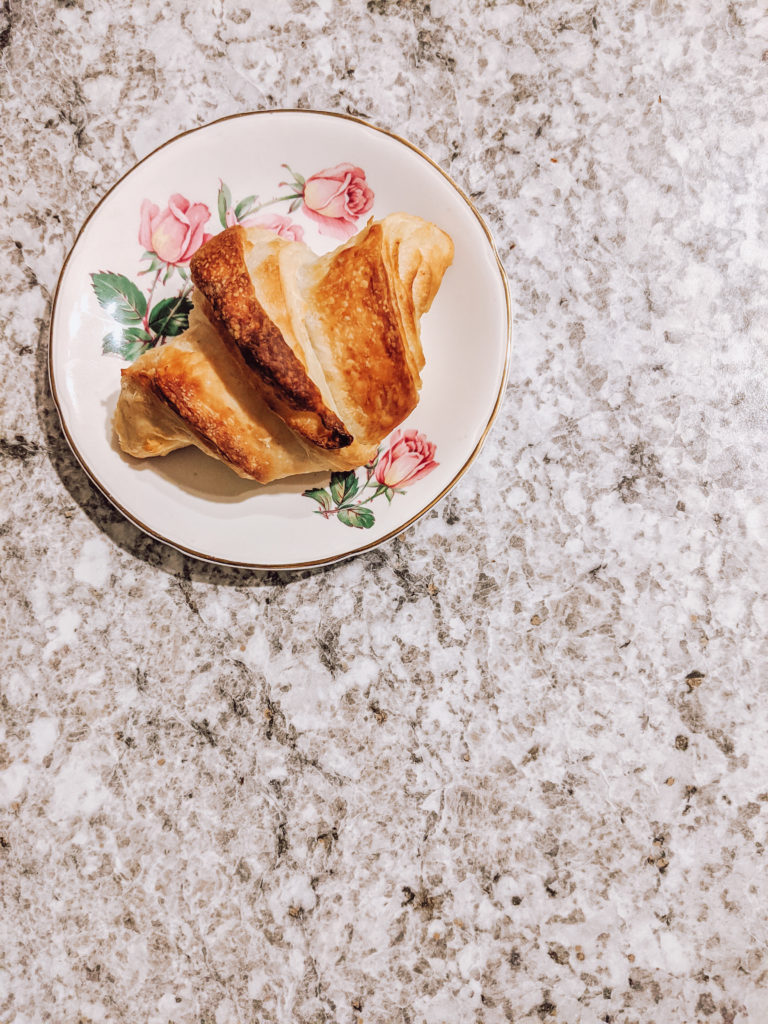November 1st – 7th
I am so excited for this next leg of my guitar-learning plan.
I feel like I’ve hit the point where I’m truly feeling good about my abilities and really want to keep practicing outside of the scheduled practice sessions to get better. Having that foundation of music theory and basic G major chords to work from (although all still small in the grand scheme of music knowledge), has given me confidence to move forward in my learning and has made me want to get better so that I can be able to play more songs.
At this point in my musicianship goal sheet, I am to be introducing the E chord, and then practicing my final song, “Hey Ya” by Outkast. This practice will happen over the next few weeks, right up until the end of the course.
New Chord
The E chord I’m adding to my mental music library is, thankfully, a nice, simple chord: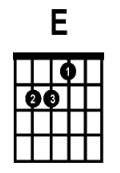
I was able to practice and get the hang of it pretty quickly and was feeling good about it after a few practice sessions!
Final Song
With the chord learned, I was able to move on to looking at the song I’d be learning for the final progress check-in – “Hey Ya” by Outkast. This song came out in 2003 and I still love it today. Outkast’s funky take on rap/hip-hop is a genre border-breaker, which is why I think some of their music, like this one, appeals to such a wide audience.
I’ve included a version of the song below, for you to have a listen so that you know what I’m working towards. It’s not the official video, as I’ve opted for for a cleaner version (well, the cleanest version I could find).
My first task, after learning the E chord, was to figure out a strumming pattern and the chord timing. I turned to Ultimate Guitar to help me out with this. I was familiar with this site, as my husband uses it a lot to find chords, and together we were able to pick out the best (and simplest) version of the song, which uses only the chords G C D & E.
Strumming Pattern & Chord Timing
For strumming pattern, I’ll be sticking with the one suggested on Ultimate Guitar. For the 4/4 bars, that’ll be:

And for the 2/4 bars, that looks like:
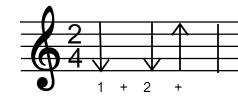
This song is put together as 3 bars of 4/4, 1 bar of 2/4, 2 bars of 4/4, then repeated.
Next, I lined up the chords with the bars. This is indicated on the website, but I found it tough to read while keeping the timing going in my head, so I wrote it out in a way that simplified it for me:

Challenges
With all the tools I need in place to play the song, I began practicing. The strumming pattern has been the trickiest for me to get a hang out so far. It’s a bit more complex than the one I used for my midterm song, and it took a lot of my brain power to keep counting in my head and have my hand match that! I’ve been practicing it almost everyday now and have already seen and felt so much improvement in this area – it’s beginning to feel a lot more natural of a movement, and less foreign to me.
The second tricky bit I ran into was that pesky C chord. To play it on its own is fine, but for some reason it’s been such a toughie to transition to and from. Having that longer transition holds up the strumming pattern and makes everything sound a bit disjointed and clunky. I’ll definitely be practicing this during every session next week, because this will directly affect me being able to improve my strumming by keeping time instead of pausing part way through.
 "New Coding Language" by Matrixizationized is licensed with CC BY 2.0. To view a copy of this license, visit https://creativecommons.org/licenses/by/2.0/
"New Coding Language" by Matrixizationized is licensed with CC BY 2.0. To view a copy of this license, visit https://creativecommons.org/licenses/by/2.0/